10 ways to wake up your plants in spring
Help your plants bounce back after winter with these simple spring tasks

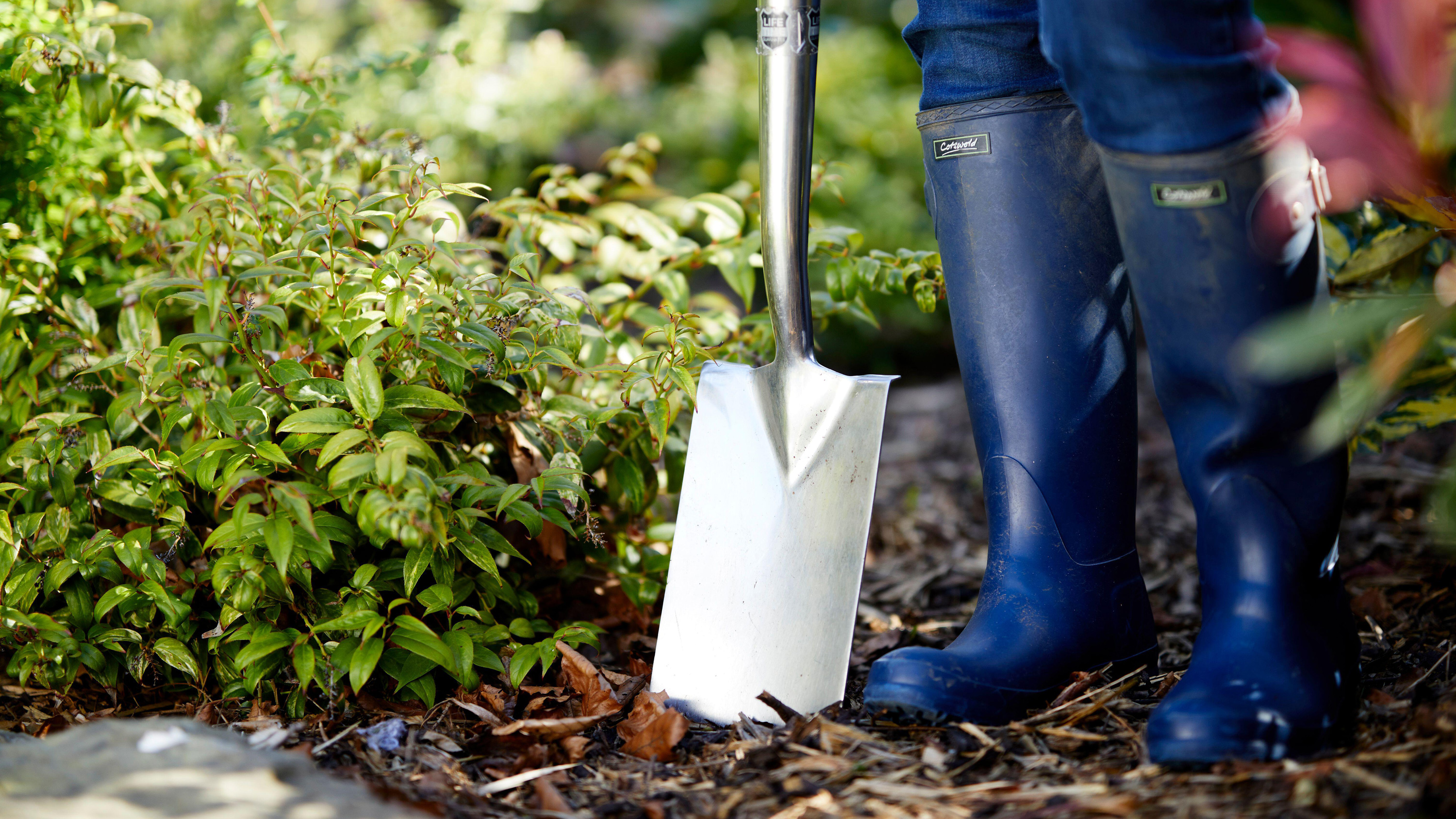
Winter is now starting to feel like a distant memory, and rough as the season was on you, consider the effect it’s had on your yard too. Spring, however, provides an opportunity to reawaken your plants, trees, and shrubs from their winter dormancy. Completing your spring garden jobs is a great way to get your yard in shape for the warmer months ahead.
'Inspect your trees and shrubs, looking for any branches that might be broken or have been damaged by ice storms, and prune them or have them removed by a professional as soon as possible,' advises Lisa Schaumann Stryker, CDM, at the National Association of Landscape Professionals.
But that’s just the first step in the process. We’ll walk you through everything you need to do - explaining the how and why - to help your plants bounce back from winter.
1. Determine the health of your plants

Just as doctors have to diagnose patients before determining a treatment plan, you need to analyze your garden or yard to determine what type of shape it’s in. 'Do an inspection, and once you are certain that a late freeze is not going to happen in your area, you will want to cut back all dead branches and withered perennial stems to spruce up your garden,' says Susan Brandt of Blooming Secrets, an e-commerce gardening website.
While winter conditions can cause stems and leaves to turn brown, she says you still need to closely inspect them. 'While the plant might look dead, there is a good chance it is still alright, as its root and crown are most likely still viable.' In fact, Brandt recommends leaving some of the branches up to provide a place for birds to rest or nest.
Next, she says you should examine your trees and woody perennial plants, and provides some tips to help you determine their health. 'Scratch the bark with your fingernail, and if you see green underneath the bark, the plant is alive.' However, if it feels hard and it’s brown in color, the plant is dead and should be removed. 'Also, if the branch is bendy and pliable, it is alive; but if the branch snaps and there is a brown center, the plant is in all likelihood dead.'
2. Remove dead branches and stems
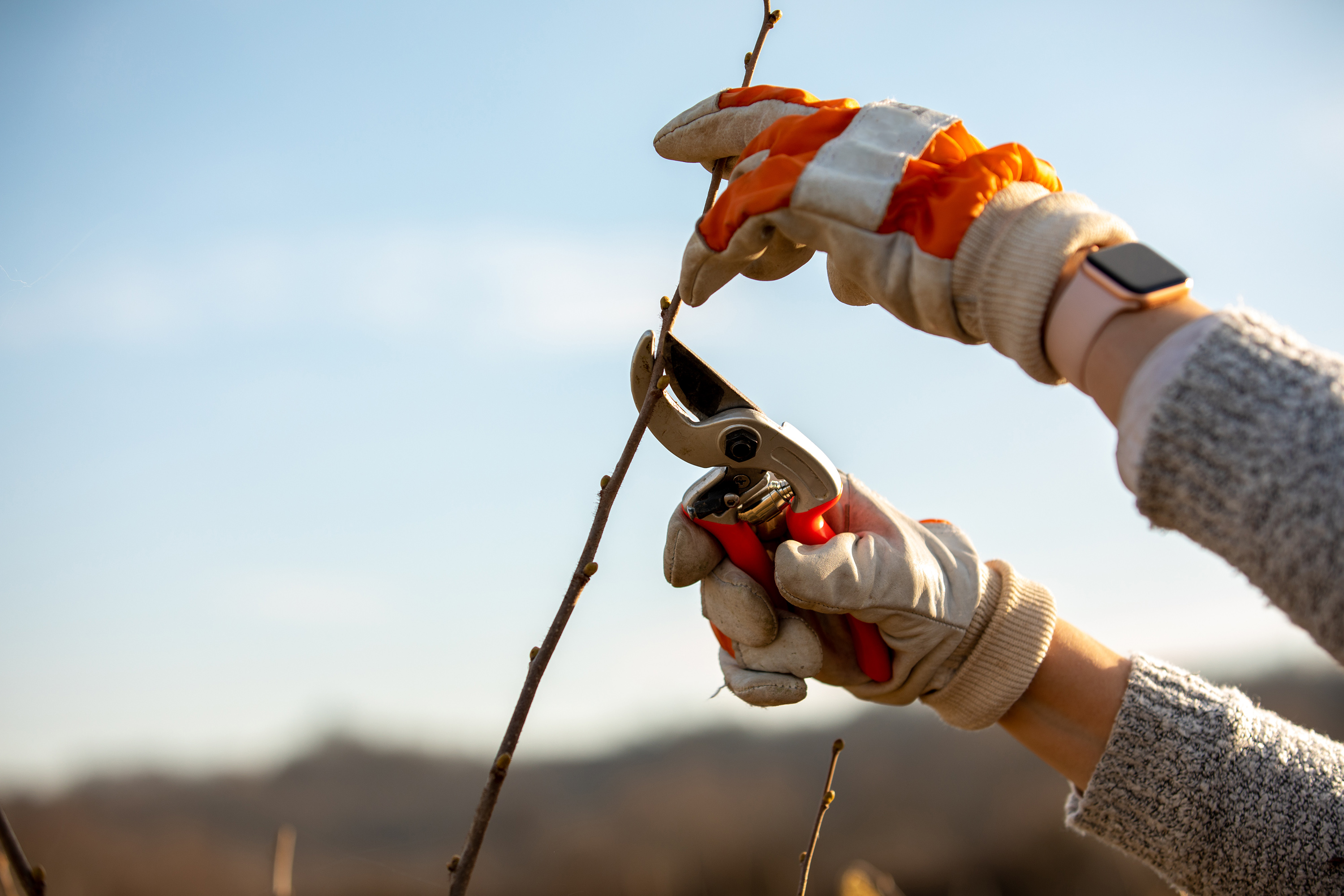
You should remove dead branches and stems, but there’s an art to doing it, and most people have no idea how far back they can cut them. 'It is best to cut back your wood perennials and trees a few inches above the first viable bud - and the bud is usually green and fat,' Brandt explains. You can also cut just above the start of a green stem. 'Dead stalks of last year’s perennials can be cut all the way to the base of the plant.'
She explains that cutting back plants will encourage new growth during the spring. 'When the weather gets warmer, you will see new shoots and leaves on your plant.'
Head over to our guide to the best secateurs to find the right tools for the job.
3. Cut ornamental grasses
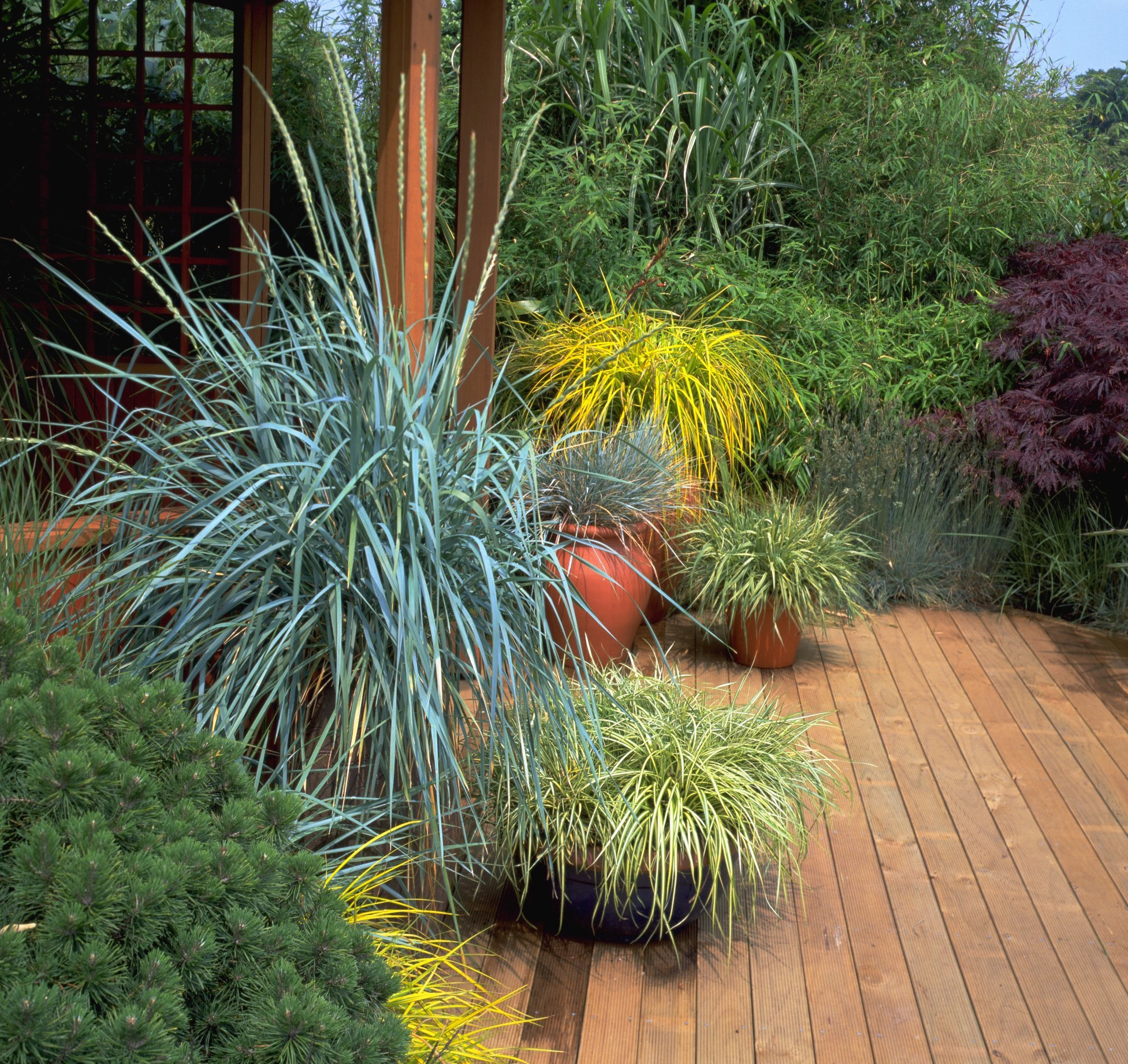
Some people didn’t cut their ornamental grass in the fall for several reasons. 'Perhaps you wanted to provide shelter to the wildlife during the winter, or liked having something interesting in your garden during the colder months,' says Brandt.
However, Brandt says you can cut it now. 'Just gather a clump of grass in one hand, and cut with sharp pruning shears to a 6–8-inch clump,' she advises. 'Most warm-weather grasses will start showing new growth until the late spring.'
Don't forget, there's more advice on how to grow ornamental grasses in our dedicated guide.
4. Turn over the soil

If you don’t expect any more cold weather or frosts in your area, Brandt recommends turning over the soil in your gardening beds to aerate and loosen the soil. During winter and early spring, she explains that rain and snow can dry out the soil. 'Turning over the soil and mixing in some compost will add nutrients to the soil that will help your plants.' However, she advises taking care to ensure you don’t disturb any emerging bulbs.
5. Inspect your raised garden beds
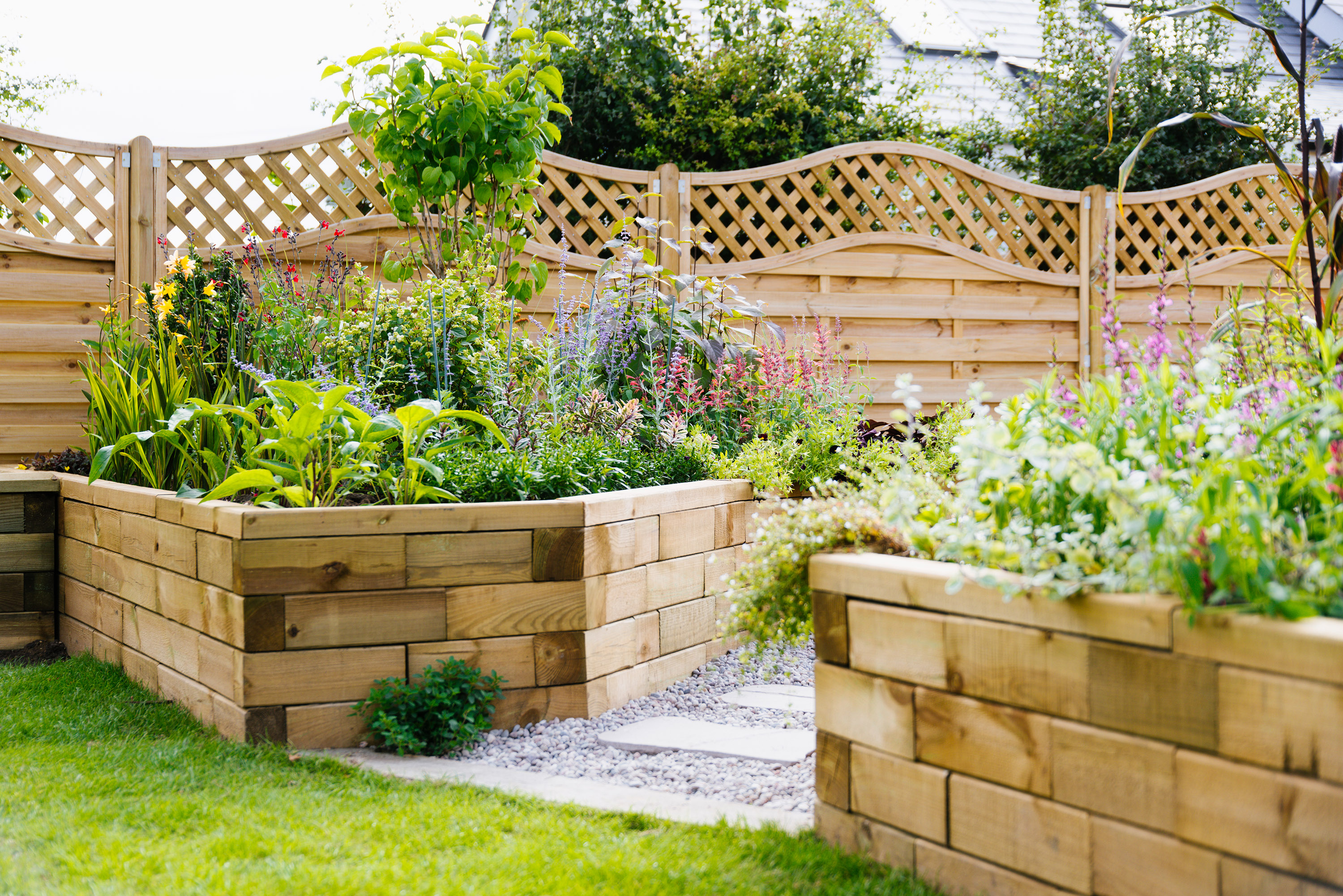
If you have raised garden beds, inspect them carefully. 'Make sure the sides are not bowing out, and if they need to be fixed, repair them now.' Brandt adds that it doesn’t make sense to plant in the beds if they’re at risk of falling apart.
6. Water plants deeply to flush away salt damage
'If you live in a climate with snow, then your grass and plants might have suffered salt damage,' says Lisa Schaumann Stryker. She explains that salt pulls moisture from your plants and it can cause your lawn to wilt and die. 'Flush away salt in the soil by giving your lawn and plants a deep watering daily once the weather warms.'
There's more spring lawn care tips in our guide.
7. Don’t forget your planters and pots
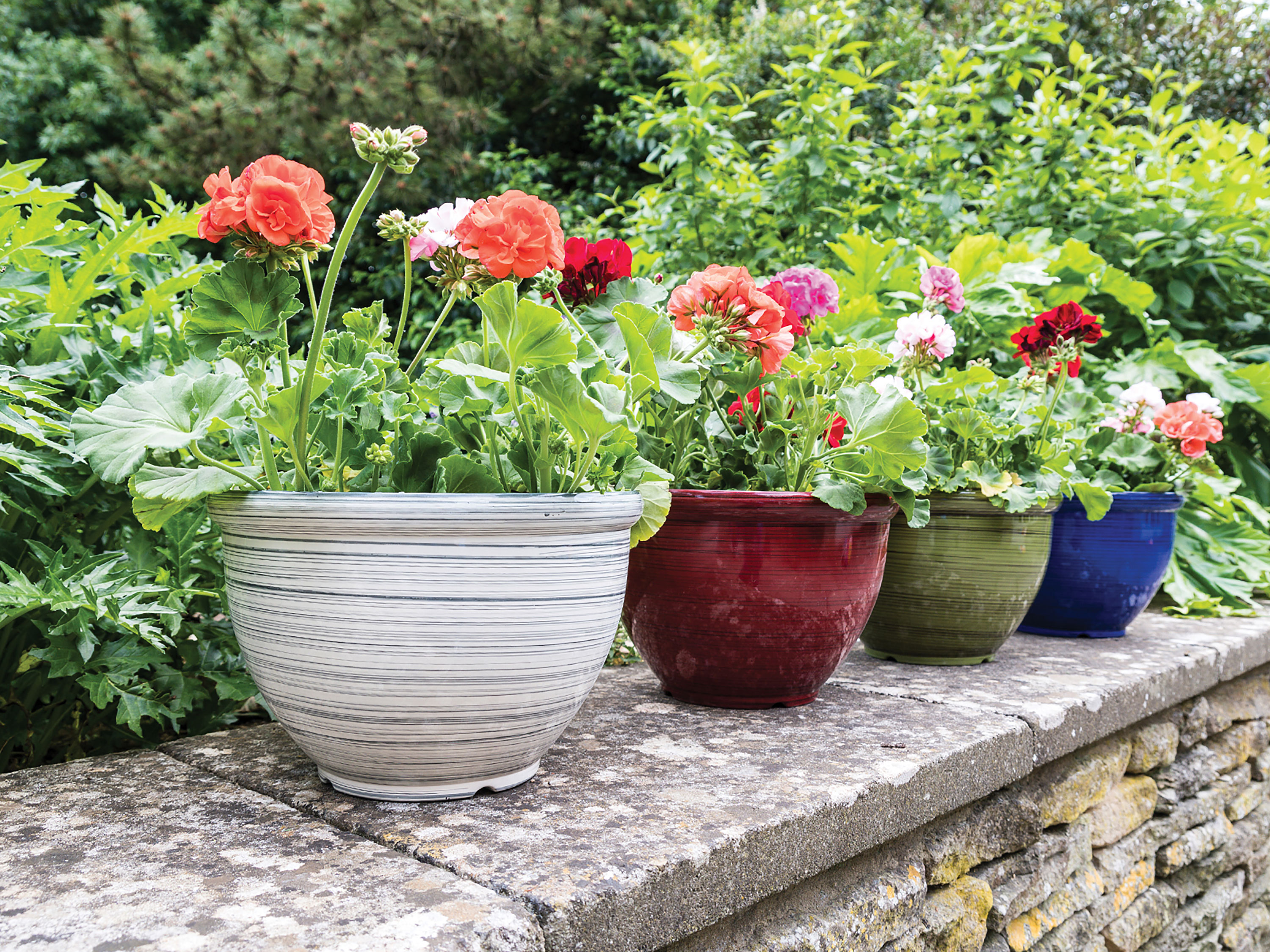
This is also a good time to examine your planters and pots. Make sure there are no cracks. Brandt says you should dig out any weeds, and refresh the soil. 'They need new soil because plants deplete the nutrients in the soil,' she explains. 'Adding new soil in the spring will give your container plants a great start.'
Head over to our container gardening ideas for inspiring planting schemes for your plot.
8. Transplant and relocate

Some of your plants may need to be moved to other containers and/or locations. Joyce Mast, Plant Mom at Bloomscape, which grows plants in its greenhouse and delivers them to your home, recommends learning how to repot a plant to give them more room to grow. 'Check if your plant has outgrown its current pot - check for roots creeping up along the top of the soil, or roots growing through the drainage holes at the bottom of the pot.' She says the new pot should be approximately 2 inches larger than the current pot, and needs to have drainage holes, along with a saucer for indoor plants.
It may also be a good idea to relocate your container plants, whether you are growing them indoors or out. 'The location of the sun changes throughout the seasons, so you may notice the sunlight in your space is different in the spring and summer,' Mast says. 'Check the light preference of your plants – you may need to relocate your plant to a better spot.”
9. Dust your indoor plants...
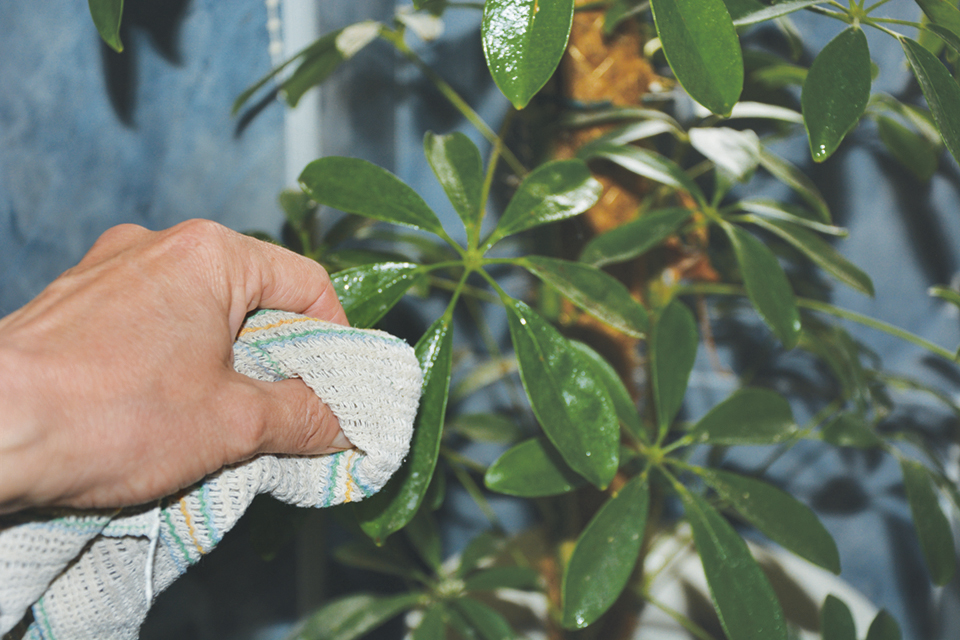
If you didn’t know that your best indoor plants needed to be dusted, you probably don’t know why, either. 'Dust accumulates on your plants over winter, creating a perfect breeding ground for insects and pests,' says Joyce Mast. 'Wipe your plants’ leaves regularly with a damp cloth to remove any dust, and give your plant a shower, gently spraying the leaves with lukewarm water.'
10. ...and fertilize them too

'Give your indoor plants a boost by adding fertilizer such as an all-purpose liquid fertilizer,' Mast says. However, she warns that you should dilute it to half strength, since over-fertilizing can lead to shock. 'Apply the fertilizer after the plant is well-watered - never apply fertilizer to a plant with dry soil.'
Head over to our indoor plant ideas for more advice on caring for your house plants.
Terri Williams is a journalist with real estate, home improvement, and product review bylines at Realtor.com, Bob Vila, Yahoo, MSN, The San Francisco Chronicle, The Houston Chronicle, and Apartment Therapy. She also covers business topics, with bylines at USA Today, The Economist, US New & World Report, Verizon, and several other brands that you’ve probably heard of. Follow her adventures on Twitter.

